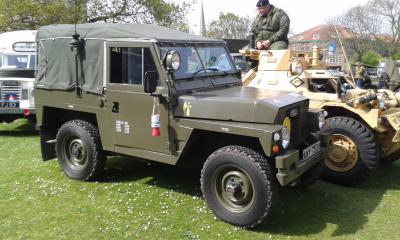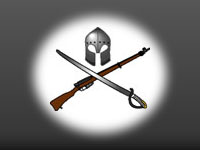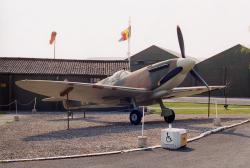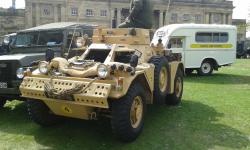Translate this Page
Anniversaries for today :
Welcome to Clash of Steel!
[ About us ]
[ Contribute a battle ]
[ Contribute a review ]
[ Contribute a reenactment group ]
[ Contact us ]
Featured battle : Civita Castellana
Part of The French Revolutionary and Napoleonic Wars
Date : 04 December 1798
Although greatly outnumbered the more experienced, disciplined French troops, Armée d'Italie under General Macdonald, easily defeated the Neapolitans commanded by General Baron Mack.
Featured image :
Lightweight, air portable Land Rover

A clean example showing radio aerial mountings
Gallery updated : 2022-04-04 08:33:43
Featured review :
The Royal Navy 1800-1815
Mark Jessop
This book follows Mark Jessop’s The Royal Navy 1793-1800 [ reviewed elsewhere on this site] There have been many books written about the Royal Navy of the Napoleonic period these books are different. The difference is due to two main factors one the presentation and two the sources. The author has confined himself to primary source material mostly written within a decade of the events. This, in itself, is not so uncommon but it is the presentation of the information that makes this book almost unique and imparts a special liveliness to the ‘facts’. The author has created about twenty people who report, discuss and reflect upon events as they understand them from their stations in life in the times in which they lived. It is to the author’s credit that the voices ring true.
We warmly recommend this book to ‘beginner’ and ‘old-hand’ alike. The beginner because it makes the information so accessible and real. The old-hand because it enriches the wealth of information with a flavour of the times.
Pen & Sword History, 2019
Reviewed : 2020-01-27 14:04:57






